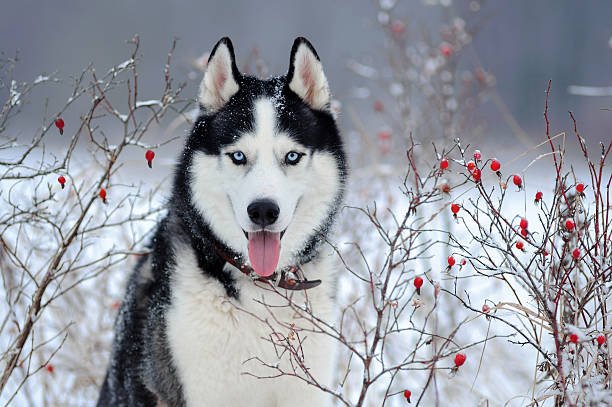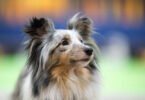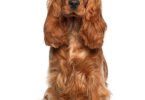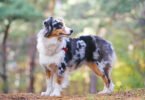The Siberian Husky: A Majestic Arctic Companion
The Siberian Husky, with its striking appearance, friendly demeanor, and endurance in harsh climates, stands as a breed that captures the imagination and hearts of dog enthusiasts worldwide. Originally bred by the Chukchi people of Siberia for sled-pulling in cold, northern regions, the Siberian Husky has evolved into a versatile and beloved companion. In this exploration, we delve into the history, characteristics, and the captivating qualities that define the Siberian Husky.
Origin and History
The Siberian Husky’s roots trace back to northeastern Siberia, where the Chukchi people, indigenous to the region, developed the breed for their nomadic lifestyle. These dogs were crucial to the Chukchi’s survival, serving as sled dogs, hunting partners, and companions in the harsh Arctic environment.
The Siberian Husky’s remarkable endurance, stamina, and friendly temperament made it a valuable asset to the Chukchi people. The breed’s adaptability to extreme cold and ability to pull sleds over long distances with relatively little food were essential characteristics. In the early 20th century, Siberian Huskies gained international attention when they were brought to Alaska for sled dog racing, particularly during the Nome Gold Rush.
Physical Characteristics
The Siberian Husky is a medium-sized working dog with a well-balanced and athletic build. Its distinctive appearance includes erect, triangular ears, a thick double coat, and a tail that curls over the back. Siberian Huskies exhibit a wide range of coat colors, patterns, and markings, with combinations of black, gray, red, and agouti being common.
One of the most captivating features of the Siberian Husky is its striking blue or multicolored eyes. It is not uncommon for a Siberian Husky to have heterochromia, where each eye is a different color, adding to the breed’s allure.
Temperament and Personality
Siberian Huskies are known for their friendly and outgoing nature. They are social dogs that typically get along well with children, other dogs, and even strangers. Their friendly demeanor is paired with an independent streak and a strong sense of curiosity.
While Siberian Huskies are affectionate with their families, they may not exhibit the same level of overt loyalty as some other breeds. This independence is a reflection of their historical role as working dogs in a team environment, where they needed to make decisions on their own during sled-pulling expeditions.
Intelligence and Trainability
Siberian Huskies are intelligent dogs with a bit of a free-spirited attitude. While they are generally eager to please, their independent nature can make training a challenge for novice dog owners. Consistent, positive reinforcement training is essential from an early age to establish good behavior and prevent undesirable habits.
These dogs excel in activities that engage both their minds and bodies. They are known for their athleticism and participate in various dog sports, including agility trials and obedience competitions. Siberian Huskies may also thrive in activities such as skijoring, where they pull a person on skis, or in weight pulling competitions.
Exercise Needs
Siberian Huskies are a highly active breed with substantial exercise requirements. They have a strong instinct to run and pull, which stems from their sled-pulling heritage. Daily exercise is crucial to their well-being and can include brisk walks, jogging, or engaging in activities like fetch or agility.
Providing mental stimulation is equally important for Siberian Huskies. Puzzle toys, interactive games, and obedience training sessions are effective ways to engage their intelligent minds and prevent boredom, which can lead to destructive behaviors.
Grooming and Coat Care
Siberian Huskies have a dense double coat that serves as insulation in cold climates. While they shed moderately throughout the year, they undergo a seasonal shedding process known as “blowing coat” where they shed their undercoat more heavily. Regular brushing, particularly during shedding seasons, helps manage their coat and reduces loose fur around the home.
Despite their thick coat, Siberian Huskies are relatively clean dogs and do not have a strong odor. They are known for self-grooming, much like a cat, which contributes to their cleanliness. Bathing should be infrequent to avoid stripping the coat of its natural oils.
Health Considerations
Siberian Huskies are generally a healthy breed, but like all dogs, they may be prone to certain health conditions. Common concerns include hip dysplasia, eye issues such as cataracts, and autoimmune disorders. Regular veterinary check-ups, a balanced diet, and maintaining a healthy weight contribute to the overall well-being of a Siberian Husky.
Responsible breeding practices, including health screenings for potential genetic issues, are crucial for producing healthy Siberian Husky puppies. Ensuring that they receive regular exercise and a proper diet contributes to their overall health and longevity.
Conclusion
In conclusion, the Siberian Husky stands as a captivating and versatile breed that continues to embody the qualities needed for survival in the Arctic regions. From its rich history as a sled-pulling and hunting companion to its present-day role as a beloved family pet, the Siberian Husky captivates with its striking appearance, friendly demeanor, and enduring spirit.
Whether participating in outdoor activities, engaging in dog sports, or simply providing affectionate companionship, the Siberian Husky’s unique combination of beauty, intelligence, and athleticism ensures its place as a cherished breed among dog enthusiasts. The majestic Siberian Husky continues to leave an indelible mark on those who have the privilege of sharing their lives with this extraordinary canine companion.







[…] are generally healthy dogs, but their distinctive body shape can make them prone to certain health issues. One of the most common concerns is […]